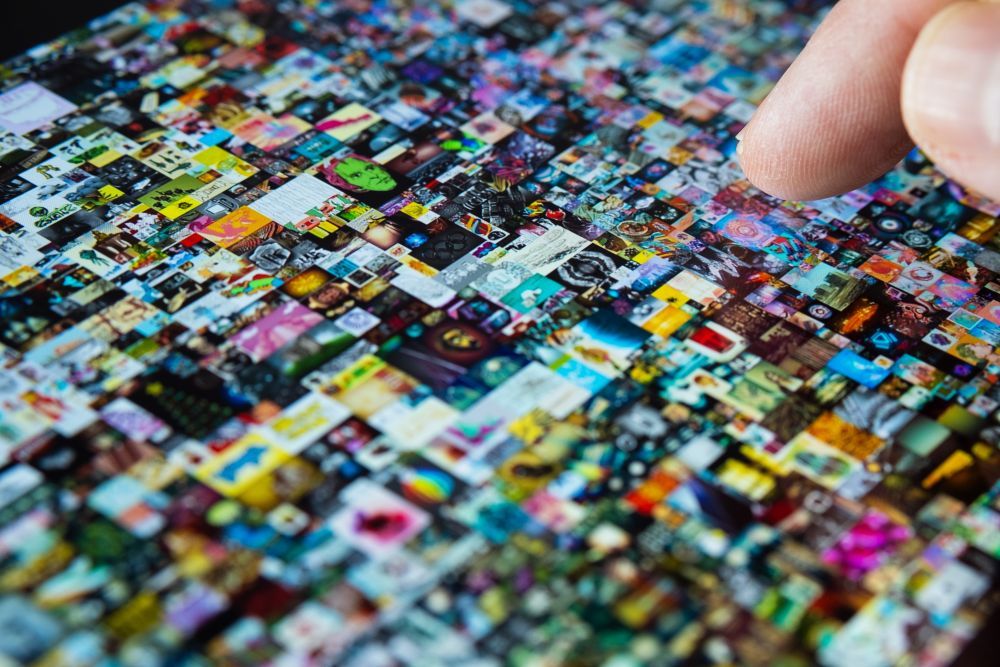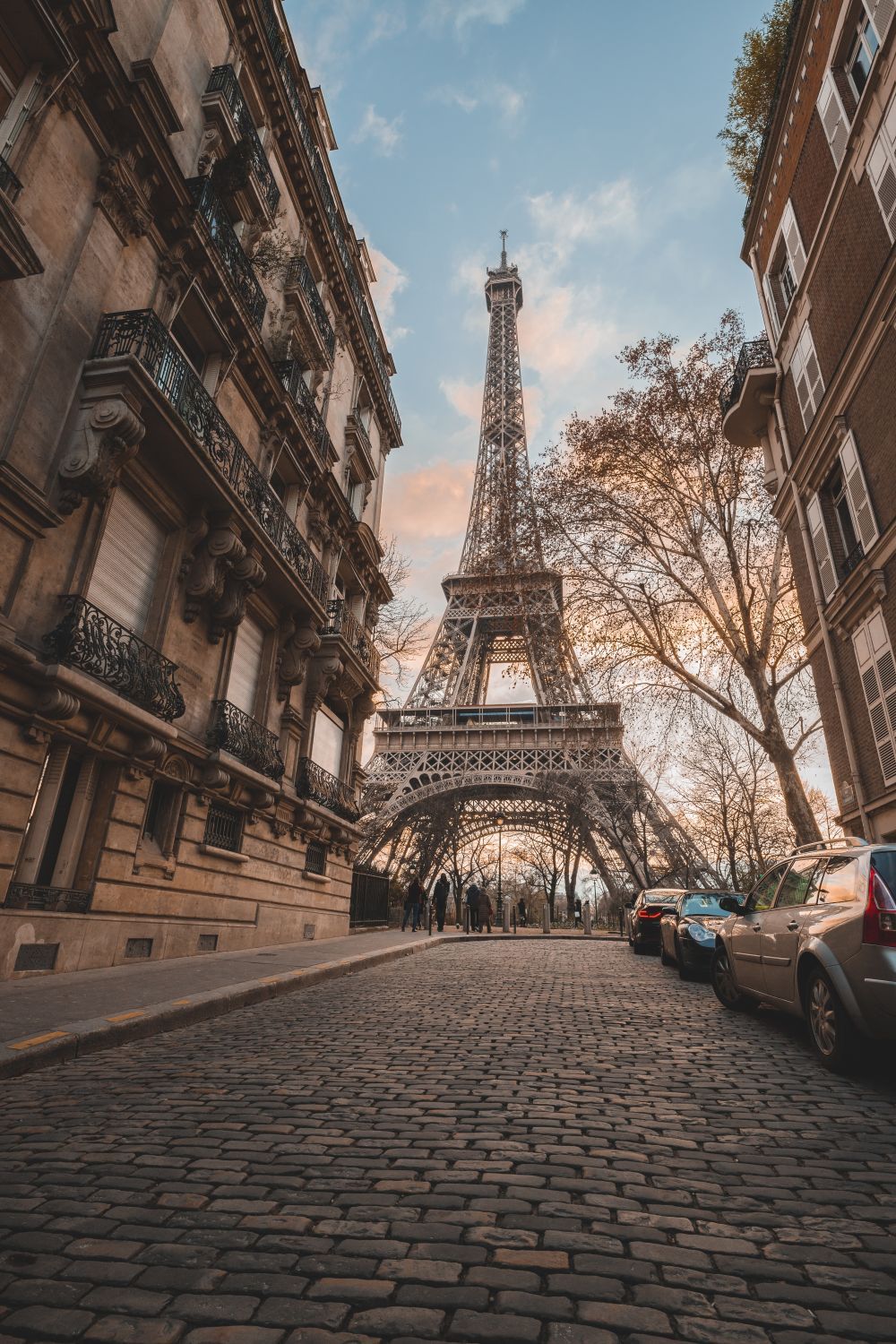 Interior design
Yachting
Interior design
Yachting
 Paris 3ème Marais
Paris 6ème Luxembourg
Paris 7ème Bac Saint-Germain
Paris 7ème Champ-de-Mars
Paris 8ème Saint-Honoré
Paris 9ème
Paris 15ème Saint-Charles
Paris 15ème Sèvres-Lecourbe
Paris 16ème Auteuil Passy
Paris 16ème Trocadéro
Boulogne Billancourt
Neuilly Sur Seine
Rent Rive Droite
Rent Rive Gauche
Cannes
Bruxelles South
Paris 3ème Marais
Paris 6ème Luxembourg
Paris 7ème Bac Saint-Germain
Paris 7ème Champ-de-Mars
Paris 8ème Saint-Honoré
Paris 9ème
Paris 15ème Saint-Charles
Paris 15ème Sèvres-Lecourbe
Paris 16ème Auteuil Passy
Paris 16ème Trocadéro
Boulogne Billancourt
Neuilly Sur Seine
Rent Rive Droite
Rent Rive Gauche
Cannes
Bruxelles South

A digital artwork tied to an NFT is now referred to as crypto-art. The NFT, or non-fungible token, is a certificate of authenticity secured by a blockchain, technology which also, and in particular, allows for transactions related to it to be stored for an unlimited period of time. Unlike cryptocurrencies such as bitcoin, it is not interchangeable, so an NFT is, by definition, unique. An artwork tied to an NFT cannot be reproduced. These digital tokens are thus a guarantee of authenticity and ownership for anyone wanting to acquire a dematerialized work (cartoon, video etc.). NFTs are also advantageous for artists, and significantly so. As well as preventing fake reproductions, NFTs offer an incentive payment in the event of re-sale: artists thus receive a percentage of their work's re-sell value. In 2021, NFTs led to an explosion of the digital art market. The term only appeared in 2017, and the Quantum animation by New York artist Kevin McCoy was the very first work linked to a certificate of ownership similar to the NFT. It was sold at auction by Sotheby’s on June 10th, 2021, for 1,472,000 dollars. A modest sum compared to the record so far posted by this type of work. In fact, Mark Winkelmann alias Beeple can now congratulate himself on being one of the world's three most highly-valued artists, behind David Hockney and Jeff Koons. The First 5,000 Days, a compilation of his first 5,000 digital images published on Instagram, sold for 69.3 million dollars at Christie’s on March 11th, 2021. The frenzy surrounding NFTs is not limited to the art world: the Internet's original source code sold at auction for 5.4 million dollars on June 30th, 2021. Its founder, Tim Berners-Lee, anounced that he was going to hand over all the funds received to charities. Proof that we have not yet heard the last of NFTs.
To contact us about your real estate project, please click on the bell.








